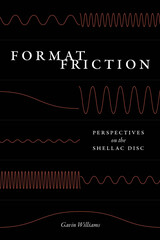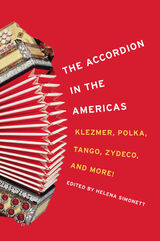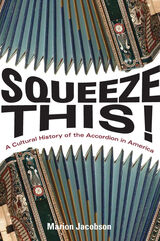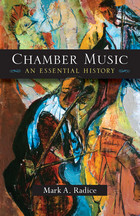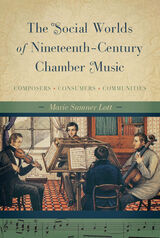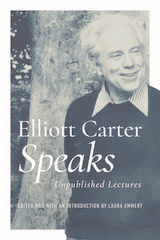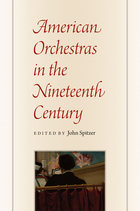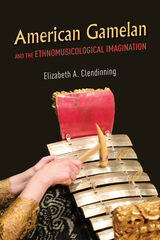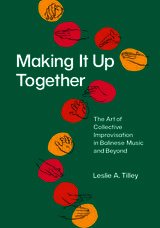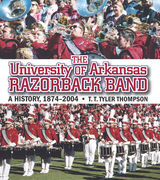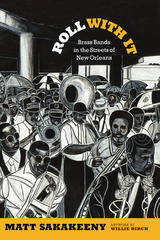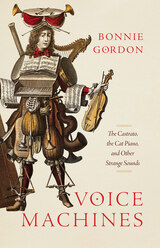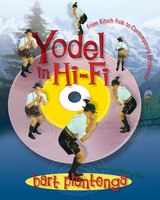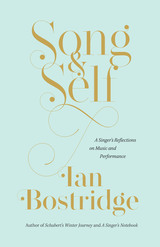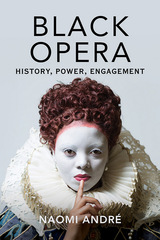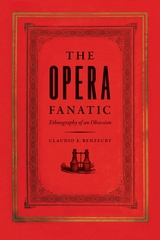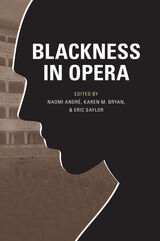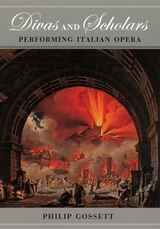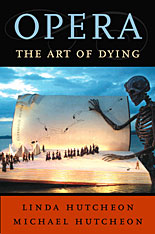Splendid, entertaining, original, and often profound… Kerman speaks directly and informally to a literate and educated public deeply interested in music… His affable manner sometimes makes his approach to the subject seem obvious, the result of common sense, even when it is most innovative.
-- Charles Rosen New York Review of Books
Joseph Kerman’s series of Norton Lectures on [concertos] could not be more timely. The first beneficial effect is to encourage reflection on the music itself, freed from the flashy trappings the ‘music industry’ may have forced on it… Kerman’s theme, so simple and obvious, is the drama and narrative of the concerto. He aims to describe the situation and events of the concerto in human terms… Kerman’s descriptions are cheekily up to the minute, and the assignation of roles to soloist and orchestra becomes something of a party game… The author plays this light-hearted game with considerable perspicacity… Present-day composers should pay particular heed to Kerman’s illuminating ideas. Audiences still listen to concertos, and there are major soloists willing to be involved in the developments of something new… Snobbery still surrounds the idea of the concerto, particularly its liveliest, most human aspects. This persuasive little book argues very successively for an end to such self-denial, and suggests that the concerto could have an ebullient creative future.
-- Judith Weir Times Literary Supplement
Kerman brings to the discussion of concertos his distinctive vision of American musicology, taking account of its adventures, its limitations and its excesses. He combines varied styles of criticism without losing his enchantment with the music… Kerman is relaxed, learned and deliberately unsystematic, probing here, redefining there, supplementing the music—some of which is available on an attached CD—with vivid analytic description that at its best can change how we hear.
-- Edward Rothstein New York Times
[A] graceful set of ruminations.
-- Richard Taruskin New York Times
Concerto Conversations is valuable, even crucial, for its unprepossessing manner, its casual movement from one example to the next, its elegance and literateness and lucidity. No Schenker graphs here, no narratology or gender studies. The concerto is revealed not as a construction of bourgeois identity, nor as a zone of suppressed homoeroticism, but instead as a human, emotional realm in which solo and orchestral characters are engaged in various forms of conversation and conflict. Kerman manages to be both intelligent and intelligible. He writes for the bright layman, as academicians did once upon a time. His evocations of particular musical moments are immediate and magical. His gift is so uncommon as to make one sad.
-- Alex Ross New Republic
Where many classical music ‘self-help’ books are faintly condescending in tone, this one tends towards the inspirational as Kerman swoops joyously in the concerto and exposes the drama of its shimmering textures, pounding rhythms and high-tension dialogues between soloist and orchestra.
-- Arminta Wallace Irish Times
Concerto Conversations is a satisfying exploration of how the wide range of composers have handled the balance and contrast between soloist and orchestra in a classical concerto. Based on his series of Charles Eliot Norton lectures at Harvard, these are not for the musical novice, but they are surprisingly accessible for probably any regular symphony-goer.
-- Theodore P. Mahne The Times-Picayune [New Orleans, LA]
The set of Norton Lectures given by Joseph Kerman at Harvard University in 1997–98 has been reshaped into Concerto Conversations… This sophisticated yet accessible study expands the lectures’ contents but, stemming from talks that were in part extempore, it maintains an air of informality, of improvisation, that should please every reader.
-- Christopher Hatch Notes, the Quarterly Journal of the Music Library Association
Kerman cites many warhorses and a few seldom heard fillies in the concertante repertoire to show how resourceful composers have met the challenges of the grand musical dialogue that is a concerto. Including 46 printed musical examples and a CD of others, this is a marvelous book for music lovers, especially because Kerman is such a good conversationalist.
-- Ray Olson Booklist
Six scintillating lectures on the most conversational form of classical music translate superbly to the page, and to make up for the musical exemplification Kerman provided in person, a CD full of recorded examples is part of the package.
-- Booklist
As the title implies, Kerman writes in a conversational tone—full of enthusiasm and insight.
-- R. Pitts Choice
[An] engaging, intelligent book.
-- Bonnie Jo Dopp Library Journal

